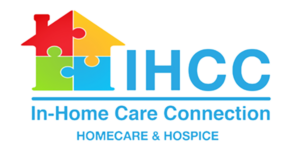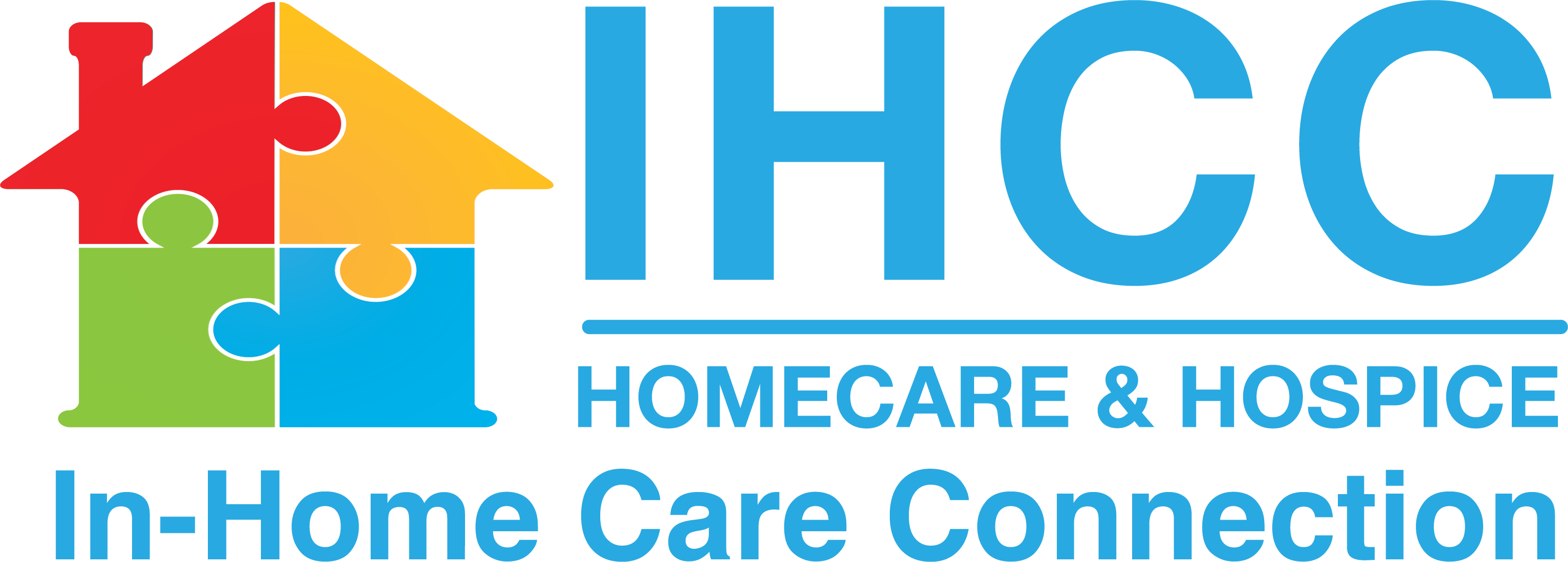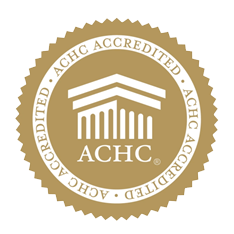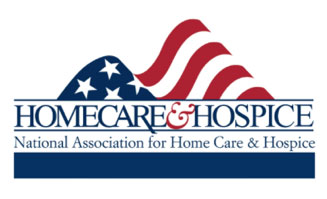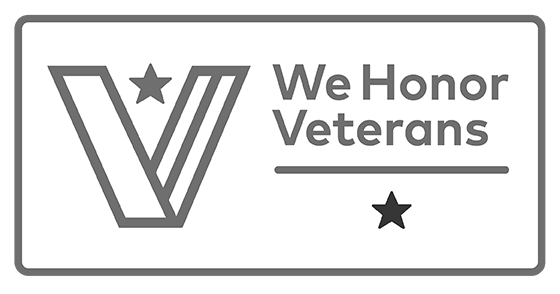Caring Connections
Helpful tips for family caregivers
July/August 2009
From medications to heat stroke, this July/August issue has useful information for everyone.
MyMedSchedule.com
Older adults with chronic disease commonly take at least five medications daily. That’s a lot to keep track of! And it’s one reason seniors are at high risk of medication overuse, underuse, and side effects.
To safeguard your loved one and minimize the hassle of medication management, check out the free Web-based tool MyMedSchedule. Among its features, you can:
Create an at-a-glance chart of medications taken daily.
- You enter the medication, dosage, and time(s) it should be taken. The program adds generic and trademark names and a color photo of the pill.
- Print the composite chart in English or Spanish in full size, wallet size, or even large print for easy reference.
- Learn usage guidelines for each selected medication.
Update information quickly, easily. When a prescription changes, make the change in the existing schedule and print a fresh copy. No more rewriting of lists!
Receive a reminder to take a medication. It’s easy to help Mom stay on track—from across town or across country. Have reminders automatically sent by email to your computer or by text message to your cell phone. Ask for refill reminders, too.
Access information anywhere, anytime. You can access your loved one’s medication schedule anywhere via computer. It works on some smartphones, too. No extra software is required.
Keep everyone informed. Online or in your pocket, you can readily share information. Before Dad goes to visit your sister this summer, bring her quickly up to speed. When you’re meeting a new doctor—whether in the ER or in the office—the schedule presents comprehensive information at a glance. What a convenience for travel this summer!
Return to top
Safety tips for summer

For youth, summer is pure pleasure. As our bodies age, however, we become less able to maintain the physical “inner cool” that safeguards our health.
To avoid heat-related health problems for your older relatives this summer, keep these words in mind: water, air, dress, rest.
Signs of too much heat
Sweating is our body’s natural air-conditioning system. When a human body becomes dehydrated, it overheats. The result can include muscle cramps, swollen ankles, dizziness, headaches, exhaustion, and nausea.
Get to the ER right away
If your loved one seems suddenly clumsy or confused, faints, has a fever of 104°, or stops sweating, get to the ER right away. This could be heatstroke.
Key risk factors are:
- Chronic conditions that affect the heart, lungs, or kidneys, and the medications that treat these conditions
- Diuretics, sedatives, and other drugs that reduce the ability to sweat
- Being overweight or underweight
- Alcohol consumption
Key preventives are:
- Many older adults lose their sense of thirst. Try to get your loved one to drink at least eight glasses of fluid a day. Water is best. Consider adding a slice of lemon or cucumber for flavor. Fruit juice is a good second. Avoid caffeine, alcohol and sugary drinks.
- Let cool air in at night by opening windows. During the heat of the day, keep the windows closed and blinds drawn. During an extreme heat spell, ensure your loved one spends at least two hours each day in an air-conditioned environment.
- Wear loose, light-colored clothing and a broad-brimmed hat if outdoors. Natural-fiber clothing (cotton, for instance) will breathe better than synthetics.
- Avoid physical exertion in the heat. Do errands and activities with your family member early and late in the day. Suggest a nap or cooling bath in the afternoon.
Research also suggests that older adults in extreme temperature conditions should monitor their blood pressure more often than usual.
Return to top
The healing power of volunteering
If you have used hospice services, you know how wonderful it is to receive the assistance of a volunteer. It may have seemed like a surprise gift to you.
Volunteers say the experience of volunteering is a surprise gift for them, too. They sign up as a way to give back, and then find that they end up getting a lot out of the experience themselves. The rewards include the opportunity to:
- Experience your impact. As a hospice volunteer, you witness the difference you’re making in someone’s life. As one volunteer said, “I can’t personally stop terrorism or global warming, but I can ease the difficulties of families in need, one patient at a time.”
- Refocus and reaffirm your life. Volunteers say their volunteer work helps them keep their own life in focus: to look at their priorities, to appreciate life more, and to worry less about day-to-day details. “It’s a genuine reminder not to wait until you’re dying to say the important things to friends and family.”
- Use what you’ve learned. Many find the experience of a loved one’s death exposes strengths and skills they never knew they had. Volunteers report it is gratifying to use those new abilities to benefit others.
- Honor your loved one. Working with the seriously ill is a great way to acknowledge people in your own family who have passed on. To be sure you are fully healed from your own loss, it is better to wait for at least 12 months before you volunteer.
Return to top
